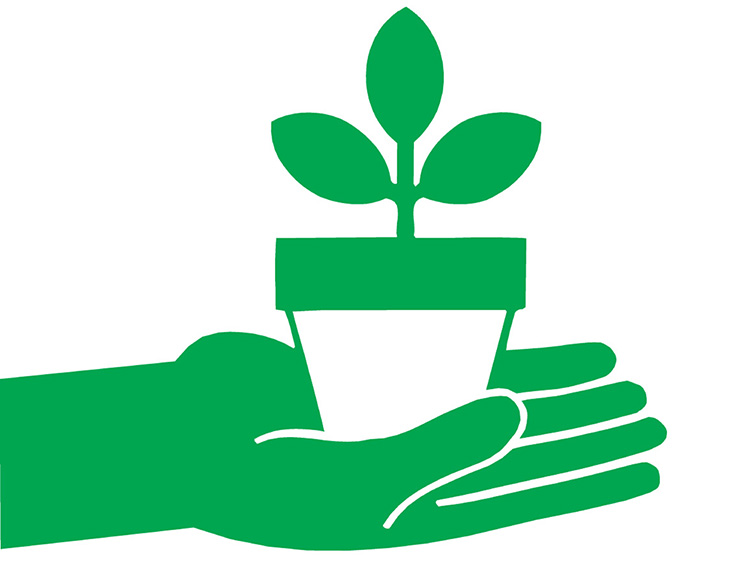
By Mary Jane Frogge, Extension Associate in Lancaster County
September is a good time to root your cuttings from annual bedding plants such as begonias, coleus, geraniums and impatiens. These plants can be overwintered in a sunny window and provide plants for next year’s garden.
Tree wound paints used after pruning are no longer recommended as they can slow healing and may promote decay.
Select accent plants for your landscape that will provide autumn colors. Trees with red fall color are flowering dogwood, red maple, sugar maple, Norway maple, red oak and scarlet oak. Shrubs with red fall foliage include sumac, viburnum, winged euonymus and barberry.
Before the first frost, dig up caladiums. Allow them to dry and store them in a dry place for the winter.
Pot up chives, parsley and other herbs to extend the growing season in the house.
Plant peonies now, but make sure the crowns are buried only one and a half to two inches below ground level. Planting them deeper than two inches may keep them from blooming.
Pears should be picked at the hard-ripe stage and allowed to finish ripening off the tree. The base color of yellow pears should change from green to yellow as the fruit approaches maturity.
Be sure to keep strawberry beds weed free. Every weed you pull now will help make weeding much easier next spring.
Rake up leaves, twigs and fruit from crabapple trees and dispose of them in the trash to help control apple scab disease.
Water newly-planted trees and shrubs to provide sufficient moisture and prevent winter damage. Add a two inch layer of organic mulch such as shredded bark around the base of plants to retain soil moisture and regulate soil temperature.
Wood ashes contain phosphorous, potassium and calcium. It can be placed on vegetable gardens and flower beds.